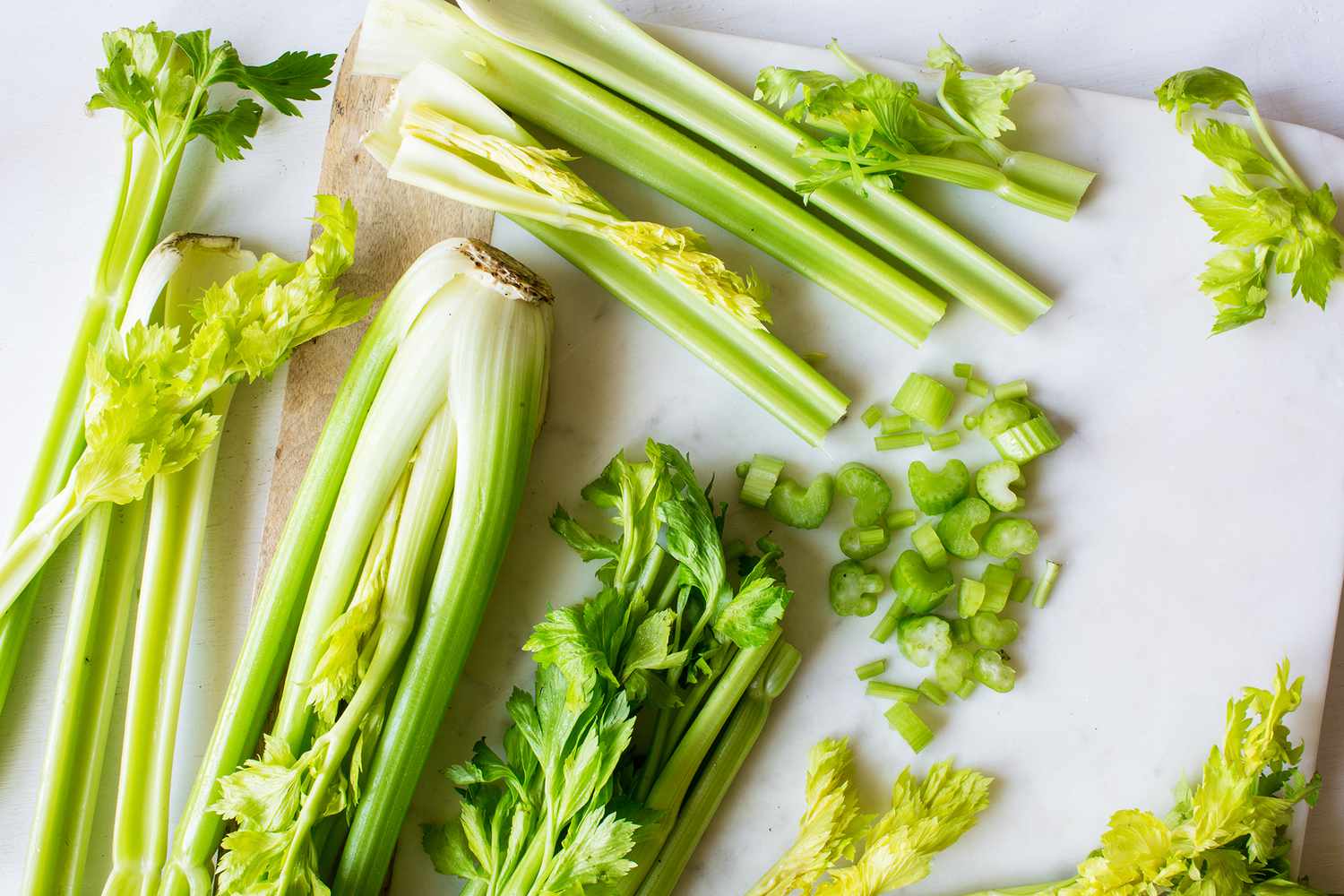

Articles
How To Store Celery In Fridge
Modified: February 26, 2024
Learn the proper way to store celery in the fridge to keep it fresh for longer. Check out our informative articles for helpful tips and tricks.
(Many of the links in this article redirect to a specific reviewed product. Your purchase of these products through affiliate links helps to generate commission for Storables.com, at no extra cost. Learn more)
Introduction
Have you ever bought a bunch of celery with the intention of using it throughout the week, only to find it wilted and limp within a matter of days? Properly storing celery is key to preserving its crispness and freshness for a longer period of time. Whether you use celery in salads, soups, or as a snack, knowing how to store it correctly can help you save money and reduce food waste.
When it comes to keeping celery crisp and crunchy, temperature and humidity play a crucial role. Celery has a high water content, which makes it prone to wilting and losing its crisp texture if not stored properly. In this article, we will guide you through the steps to store celery in the fridge to ensure it stays fresh and tasty for as long as possible.
Key Takeaways:
- Properly storing celery in the fridge preserves its crispness, flavor, and nutrients, reducing food waste and saving money. Follow simple steps to select, prepare, wrap, and store celery for extended freshness.
- Additional tips such as leaving the leaves intact, trimming the ends, and storing celery in water can further extend its shelf life. Enjoy crunchy, flavorful celery in your meals by implementing these storage techniques.
Read more: How To Store Celery
Why is Proper Storage Important?
Properly storing celery not only helps maintain its crispness and flavor, but it also helps to extend its shelf life. By following the correct storage techniques, you can prevent celery from wilting and becoming rubbery, thus ensuring that it remains fresh and ready to use whenever you need it.
Here are a few key reasons why proper storage is important:
- Preserve Freshness: Celery is a delicate vegetable that can quickly lose its freshness if not stored correctly. When celery is exposed to air, its moisture evaporates, causing it to wilt. Proper storage can help retain the moisture in the celery, keeping it crisp and fresh for a longer time.
- Maintain Nutritional Value: Celery is rich in essential nutrients, including vitamins A, C, and K, as well as dietary fiber. Proper storage helps to preserve these nutrients, ensuring that you can enjoy all the health benefits that celery has to offer.
- Reduce Food Waste: When celery becomes wilted and limp, it is no longer appetizing or enjoyable to eat. By storing celery properly, you can minimize food waste by ensuring that it stays fresh and usable for a longer period of time. This not only saves you money but also helps reduce your environmental impact.
- Convenience and Meal Planning: When you have properly stored celery in your fridge, you can easily incorporate it into your meal planning. Whether you need it for salads, stir-fries, or as a healthy snack, having fresh celery readily available allows you to prepare meals quickly and conveniently.
Now that we understand the importance of proper storage, let’s dive into the steps to store celery in the fridge.
Steps to Store Celery in the Fridge
Storing celery in the fridge is a simple process that can help prolong its freshness and crispness. Here are the steps to follow:
- Selecting Fresh Celery: Start by choosing fresh, high-quality celery. Look for celery stalks that are firm, crisp, and vibrant in color. Avoid stalks that are wilted, discolored, or have soft spots. Fresh celery will have a strong aroma and tightly packed ribs.
- Preparing Celery for Storage: Before storing, remove any rubber bands or ties from the celery bunch. Cut off the leafy tops, as they tend to wilt faster and can release moisture that may cause the celery to become soggy. Rinse the stalks under cold water to remove any dirt or debris. Pat them dry with a paper towel or kitchen towel.
- Wrapping Celery in Aluminum Foil: Aluminum foil acts as a barrier, preventing excess moisture from reaching the celery and causing it to go bad. Take a sheet of aluminum foil and wrap it tightly around the bunch of celery, ensuring that all ends are sealed. This will help retain the moisture while keeping the celery crisp.
- Storing Celery in the Fridge: Place the wrapped celery in the crisper drawer of your refrigerator. The crisper drawer provides a slightly higher humidity level, which is ideal for preserving the crispness of celery. If you don’t have a crisper drawer, you can store the celery in a plastic bag with small holes to allow for air circulation.
- Checking Celery for Freshness: Regularly check the celery to ensure it remains fresh. Unwrap a small portion of the celery and examine its texture and aroma. If it still looks crisp and smells fresh, it is safe to use. If the celery begins to show signs of wilting or has a foul odor, it is time to use it up or discard.
By following these steps, you can extend the shelf life of your celery and enjoy it at its best for a longer duration. However, there are a few additional tips that can help further prolong its freshness.
Step 1: Selecting Fresh Celery
The first step in storing celery properly is to select fresh, high-quality stalks. Choosing the right celery will ensure that it stays crisp and flavorful for a longer period of time. Here are some tips to help you select the best celery:
- Look for firmness: Gently squeeze the celery stalks to check for firmness. Fresh celery should feel firm and crisp, indicating that it is still full of water and nutrients. Avoid choosing celery that feels soft or rubbery, as it may already be on its way to wilting.
- Inspect the color: Fresh celery should have vibrant, bright green color. Avoid stalks that appear dull or have any brown spots, as they may be signs of age or decay. The leaves should be green and fresh-looking as well.
- Check for tight ribs: Look for celery stalks with tightly packed ribs. The ribs, or strings, should be close together and not have any gaps. This indicates that the celery is fresh and hasn’t started to dry out.
- Smell the aroma: Give the celery a sniff to check for a strong, fresh aroma. Fresh celery will have a crisp and slightly sweet scent. If the celery smells musty or off, it may be past its prime.
When buying celery, it is best to choose whole bunches rather than pre-cut or pre-packaged celery. Whole stalks tend to stay fresh longer as they have less exposure to air.
Remember, selecting fresh celery is the foundation for proper storage and long-lasting freshness. Taking the time to choose the best quality celery will pay off when you enjoy crunchy, flavorful stalks in your meals.
Now that you have your fresh celery, it’s time to move on to the next step: preparing it for storage.
Step 2: Preparing Celery for Storage
Once you have selected fresh celery, the next step in storing it properly is to prepare it for storage. Proper preparation ensures that the celery stays fresh, retains its crispness, and is ready to use whenever you need it. Follow these steps to prepare celery for storage:
- Remove any rubber bands or ties: Before storing celery, remove any rubber bands or ties that are holding the stalks together. These bands can constrict the celery and cause it to wilt more quickly.
- Trim the leafy tops: Using a sharp knife or kitchen shears, trim off the leafy tops of the celery stalks. The leafy tops tend to wilt faster than the stalks and can release moisture, which can make the celery go soggy. By removing the leafy tops, you can help prolong the freshness of the celery.
- Rinse the stalks: Rinse the celery stalks under cold running water to remove any dirt or debris. Gently rub the stalks with your fingers to ensure all the dirt is removed. This step is essential to keep your celery clean and ready for consumption.
- Dry the celery: After rinsing, pat the celery stalks dry with a paper towel or a clean kitchen towel. Excess moisture can cause the celery to become waterlogged and spoil faster, so it is important to remove any remaining water before storing.
By following these preparation steps, you are ready to move on to the next step, which involves wrapping the celery in an appropriate material to maintain its freshness and crispness.
Now that your celery is prepared, it’s time to move on to the next step: wrapping it in aluminum foil for storage.
To store celery in the fridge, wrap it in aluminum foil before placing it in the crisper drawer. This will help keep it crisp and fresh for longer.
Read more: How To Store Celery In Freezer
Step 3: Wrapping Celery in Aluminum Foil
After you have prepared the celery for storage, the next step is to wrap it in aluminum foil. Wrapping the celery in aluminum foil helps to maintain its moisture and prevents it from wilting too quickly. Here’s how to wrap celery in aluminum foil:
- Prepare a sheet of aluminum foil: Tear off a sheet of aluminum foil that is large enough to completely wrap around the bunch of celery. The length should be sufficient to cover the entire celery stalks, with extra foil on the ends for sealing.
- Place the celery in the center of the foil: Position the bunch of celery in the center of the foil sheet. Ensure that the stalks are aligned neatly and that there is enough space on the sides to fold the foil over.
- Wrap the celery tightly: Fold one side of the foil over the celery, covering it completely. Then, fold the other side over, ensuring that the celery is tightly wrapped and there are no gaps in the foil. You want to create a sealed envelope around the celery.
- Seal the ends: Fold the ends of the foil inward to create a seal. This will help prevent any air from entering and keep the moisture inside. Make sure the ends are folded securely to maintain the freshness of the celery.
Wrapping celery in aluminum foil acts as a protective barrier, preventing excess moisture loss and keeping the celery crisp. The foil helps to create a controlled environment, retaining the celery’s natural moisture content.
Once you have wrapped the celery in aluminum foil, it’s time to move on to the next step: storing it in the refrigerator.
Step 4: Storing Celery in the Fridge
Now that you have wrapped the celery in aluminum foil, it’s time to store it in the refrigerator. Proper storage in the fridge will help maintain the crispness and freshness of the celery. Follow these steps to store celery in the fridge:
- Choose the right spot: Place the wrapped celery in the crisper drawer of your refrigerator. The crisper drawer provides a slightly higher humidity level, which is ideal for preserving the crispness of celery. If your refrigerator doesn’t have a crisper drawer, you can store the celery in a plastic bag with small holes, allowing for air circulation.
- Keep away from ethylene-producing fruits: It is important to store celery away from ethylene-producing fruits like apples, avocados, and bananas. Ethylene is a natural gas produced by certain fruits that can speed up the ripening process and cause the celery to deteriorate more quickly. Separate these fruits from the celery to prevent premature spoilage.
- Do not wash before storing: It is best to store celery unwashed. Washing celery before storage can introduce excess moisture, which can lead to premature wilting. Instead, wash the celery just before you plan to use it.
- Keep the temperature consistent: Set your refrigerator to a temperature of around 40°F (4°C) to ensure optimal storage conditions for the celery. Avoid placing the celery near the back of the fridge where the temperature is colder, as it may cause freezing and affect the quality of the celery.
- Ensure proper air circulation: Proper air circulation is crucial for maintaining the freshness of celery. Make sure the celery is not overcrowded in the fridge and there is enough space around it for the air to circulate. Avoid stacking other items on top of the celery to prevent crushing and bruising.
By following these storage guidelines, you can help prolong the shelf life of your celery and maintain its crispness. Now that your celery is stored in the fridge, it’s important to periodically check its freshness to ensure it’s still usable.
Next, we will cover step five: checking celery for freshness.
Step 5: Checking Celery for Freshness
Regularly checking the freshness of celery is important to ensure that it is still suitable for consumption. Here are some signs to look for when checking the freshness of celery:
- Visual appearance: Unwrap a small portion of the celery and examine its visual appearance. Fresh celery will have crisp, firm stalks with vibrant green color. If the celery appears wilted, limp, or has any discoloration, it may indicate that it is no longer fresh.
- Texture: When you touch the celery, it should feel crisp and crunchy. If it feels soft or rubbery, it may have started to deteriorate and lose its crispness.
- Aroma: Fresh celery has a distinctive, slightly sweet aroma. If the celery emits a foul or off-putting odor, it may be a sign that it has spoiled and is no longer safe to consume.
- Taste: If you have determined that the celery looks and smells fresh, you can take a small bite to check its taste. Fresh celery will have a mildly sweet and slightly tangy flavor. If the flavor is off or unpleasant, it is best to discard the celery.
It’s important to note that once the celery starts showing signs of wilting or a foul odor, it is best to use it as soon as possible or discard it. Checking the freshness of celery regularly helps you ensure that you are using the freshest ingredients in your recipes and avoiding any potential food waste.
Remember, proper storage and regular freshness checks are key to enjoying the best quality celery for a longer period of time.
Now that you are familiar with the steps for storing and checking the freshness of celery, let’s move on to some additional tips to help extend its shelf life.
Tips for Extending Celery’s Shelf Life
To further extend the shelf life of celery and keep it fresh for as long as possible, consider these additional tips:
- Leave the leaves intact: While it is common practice to remove the celery leaves, keeping them attached can help retain moisture and freshness for a longer time. The leaves also contain flavor and nutritional value, so leaving them intact can be beneficial.
- Trim the ends: Before using celery, trim a small portion from the base of the stalks. This will help refresh the celery and remove any dry or damaged areas.
- Store celery in water: If you prefer crisp and crunchy celery, you can store it upright in a container with water. Place the celery stalks cut-side down in the water, ensuring that only the ends are submerged. Change the water every couple of days to maintain freshness.
- Freeze celery for later use: If you have a surplus of celery or want to preserve it for later, consider freezing it. Chop the celery into small pieces, blanch them in boiling water for a few minutes, then plunge them into ice water to halt the cooking process. Drain and pat dry the celery before placing it in freezer-safe bags or containers. Frozen celery can be used in cooked dishes, such as soups, stews, and casseroles.
- Use a damp paper towel: If you find that your celery is starting to wilt, you can revive it by wrapping it in a damp paper towel before storing it in the fridge. The moisture from the towel can help restore some of the celery’s crispness.
- Separate celery stalks: If you buy celery in a bunch, consider separating the stalks before storing. This allows for better air circulation and prevents one wilted stalk from affecting the rest of the bunch.
By incorporating these tips into your celery storage routine, you can maximize its shelf life and enjoy fresh and crisp celery for longer durations. Experiment with these methods to find the ones that work best for you.
With the proper storage techniques and these tips, you can make the most of your celery and reduce food waste.
Now that you have learned about storing and prolonging the shelf life of celery, let’s conclude this article.
Read more: How To Store Celery And Carrots
Conclusion
Properly storing celery is essential for maintaining its crispness, flavor, and nutritional value. By following the steps outlined in this article, you can ensure that your celery stays fresh and ready to use for an extended period of time.
From selecting fresh celery to wrapping it in aluminum foil, storing it in the fridge, and checking its freshness regularly, each step plays a crucial role in preserving the quality of the celery. By taking the time to prepare and store celery correctly, you can reduce food waste, save money, and enjoy the benefits of this versatile vegetable in your meals.
Remember to choose firm and vibrant celery stalks, remove the leafy tops, and rinse and dry the stalks before storage. Wrapping the celery in aluminum foil helps maintain its moisture and prevents wilting. Storing it in the fridge, away from ethylene-producing fruits, and ensuring proper air circulation are also vital factors in preserving the celery’s freshness.
Additionally, regularly checking the celery for signs of spoilage, such as wilting, discoloration, or off-putting odors, is important to ensure its quality. With proper storage and freshness checks, you can enjoy crisp and flavorful celery in your favorite dishes.
To further extend the shelf life of celery, consider leaving the leaves intact, trimming the ends, storing it in water, freezing it for later use, or using a damp paper towel to revive wilted celery. These additional tips can help you make the most out of your celery and reduce waste.
By implementing these storage techniques and tips, you can enjoy the crunchy goodness of fresh celery for longer periods, adding a delightful and nutritious element to your meals. So, the next time you buy celery, remember to store it properly and savor its freshness until the last stalk.
Cheers to crisp and fresh celery, and happy cooking!
Frequently Asked Questions about How To Store Celery In Fridge
Was this page helpful?
At Storables.com, we guarantee accurate and reliable information. Our content, validated by Expert Board Contributors, is crafted following stringent Editorial Policies. We're committed to providing you with well-researched, expert-backed insights for all your informational needs.
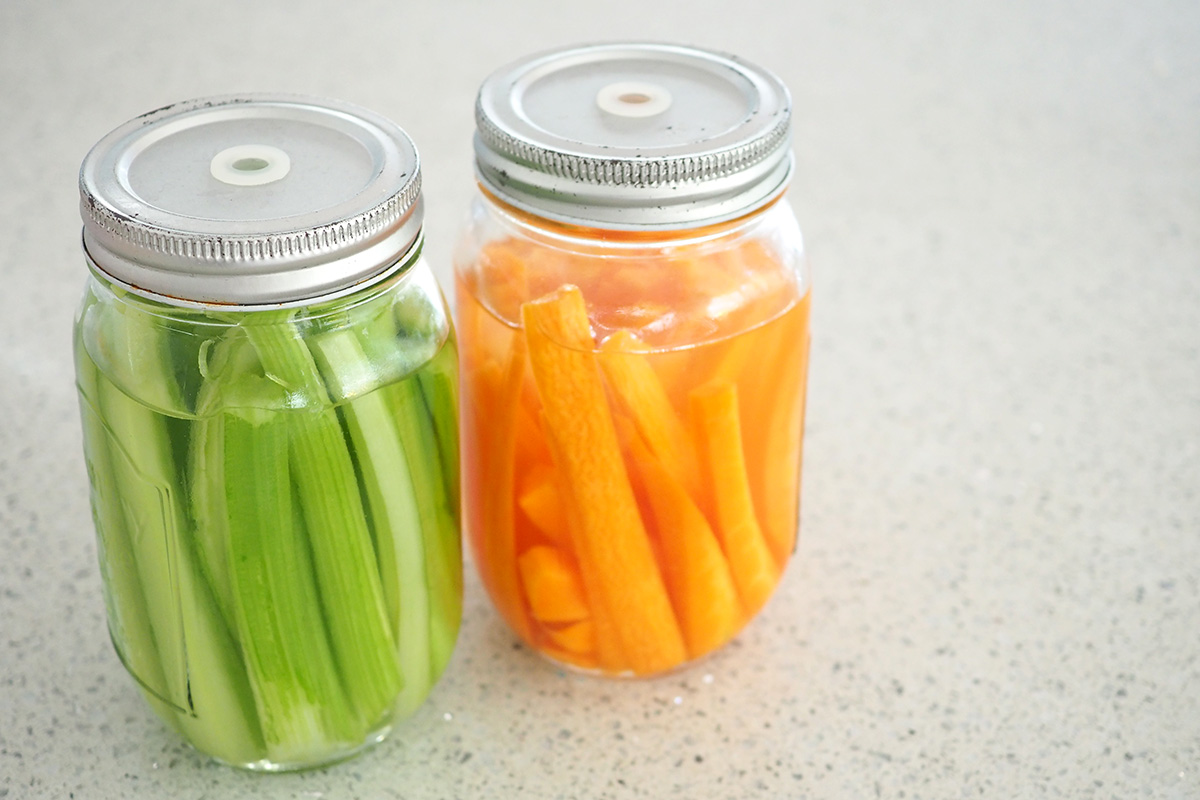
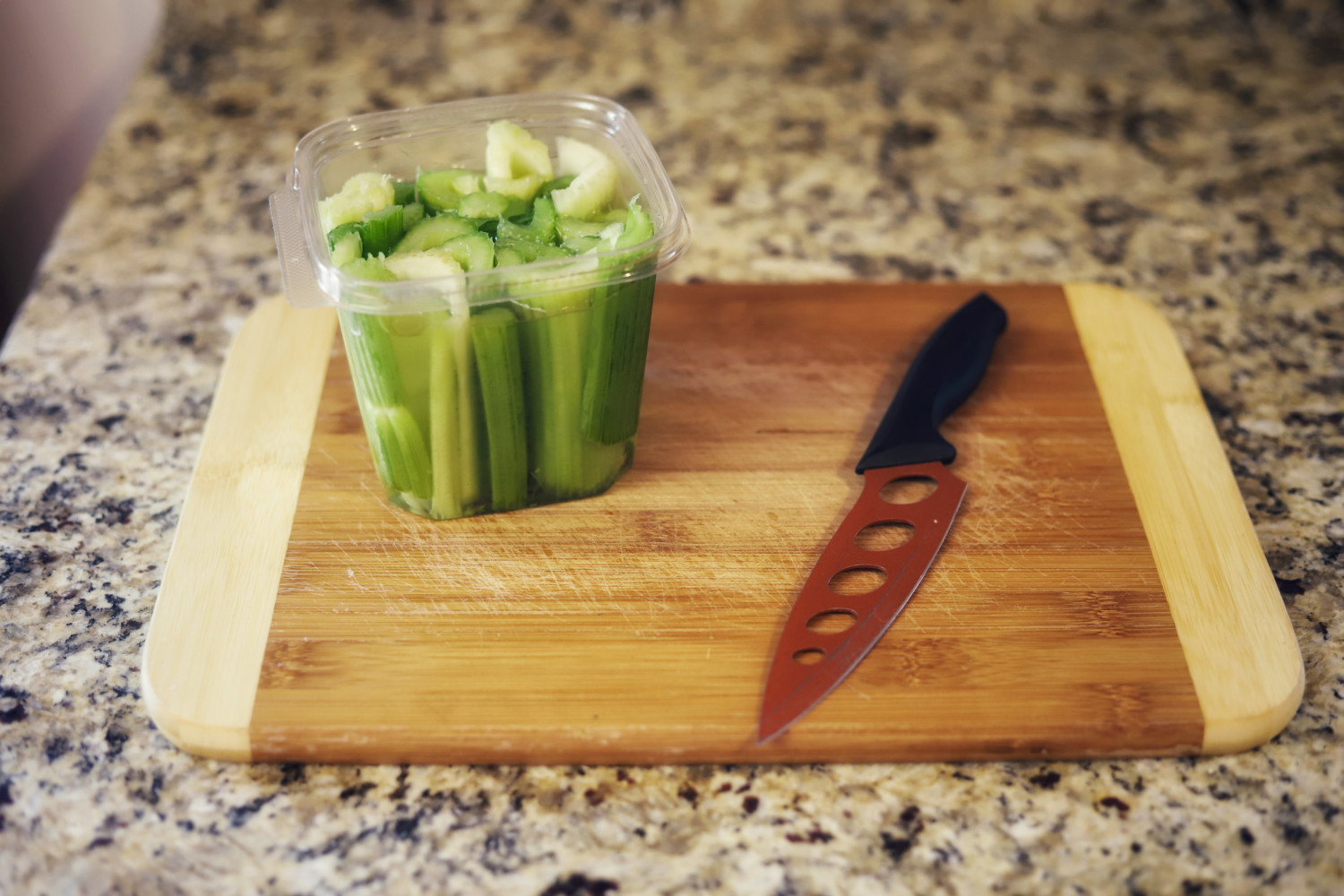


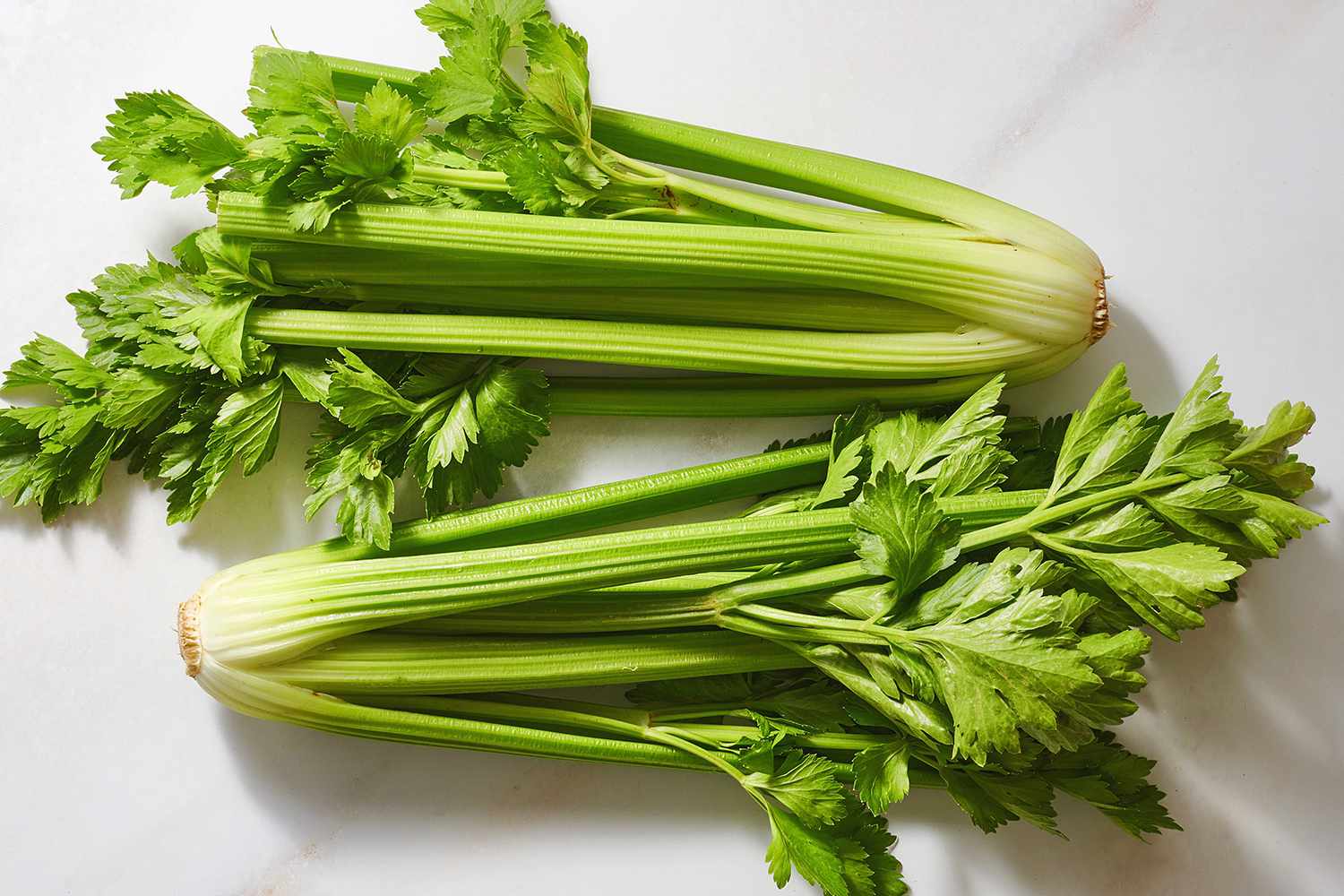
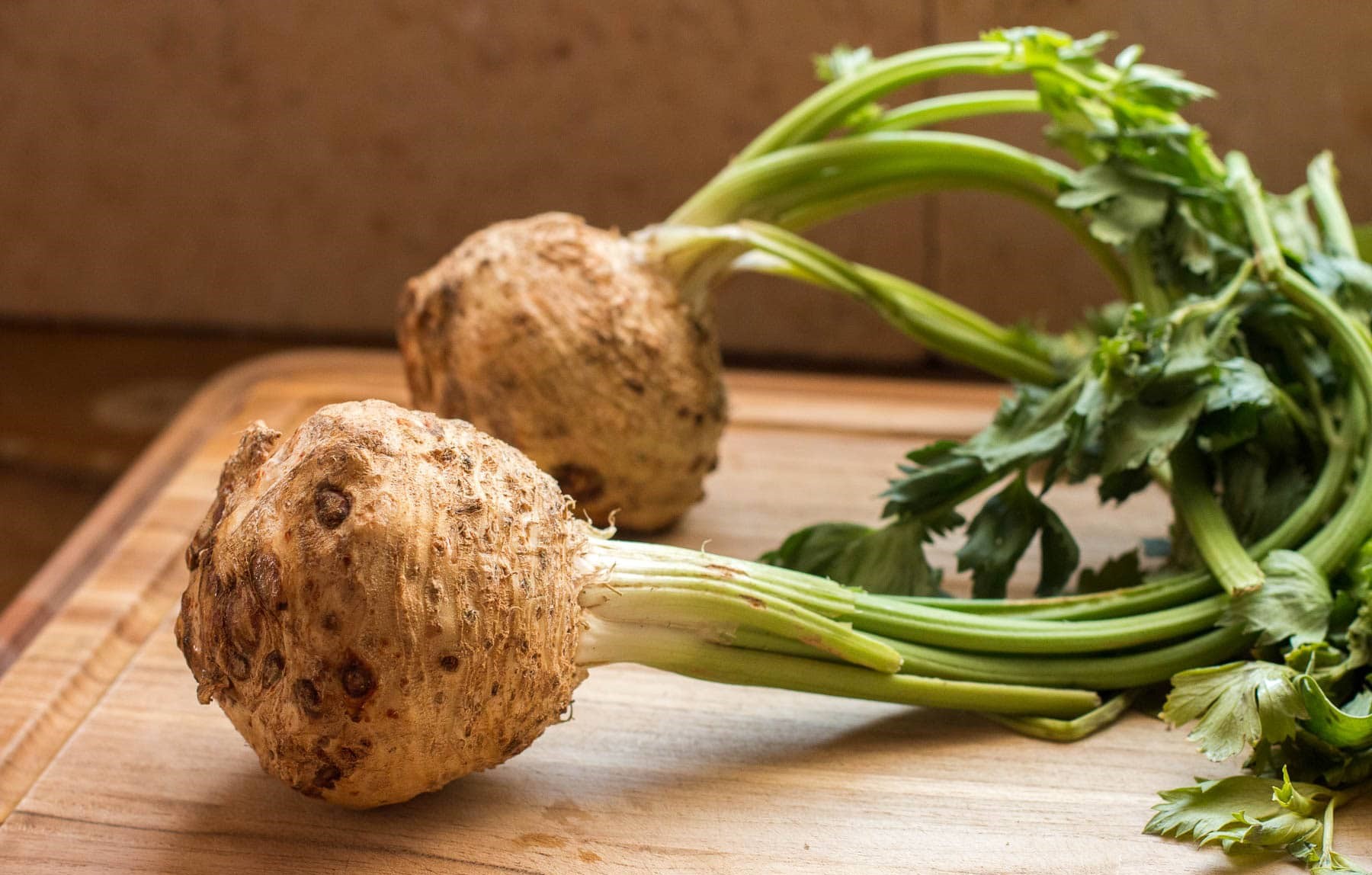
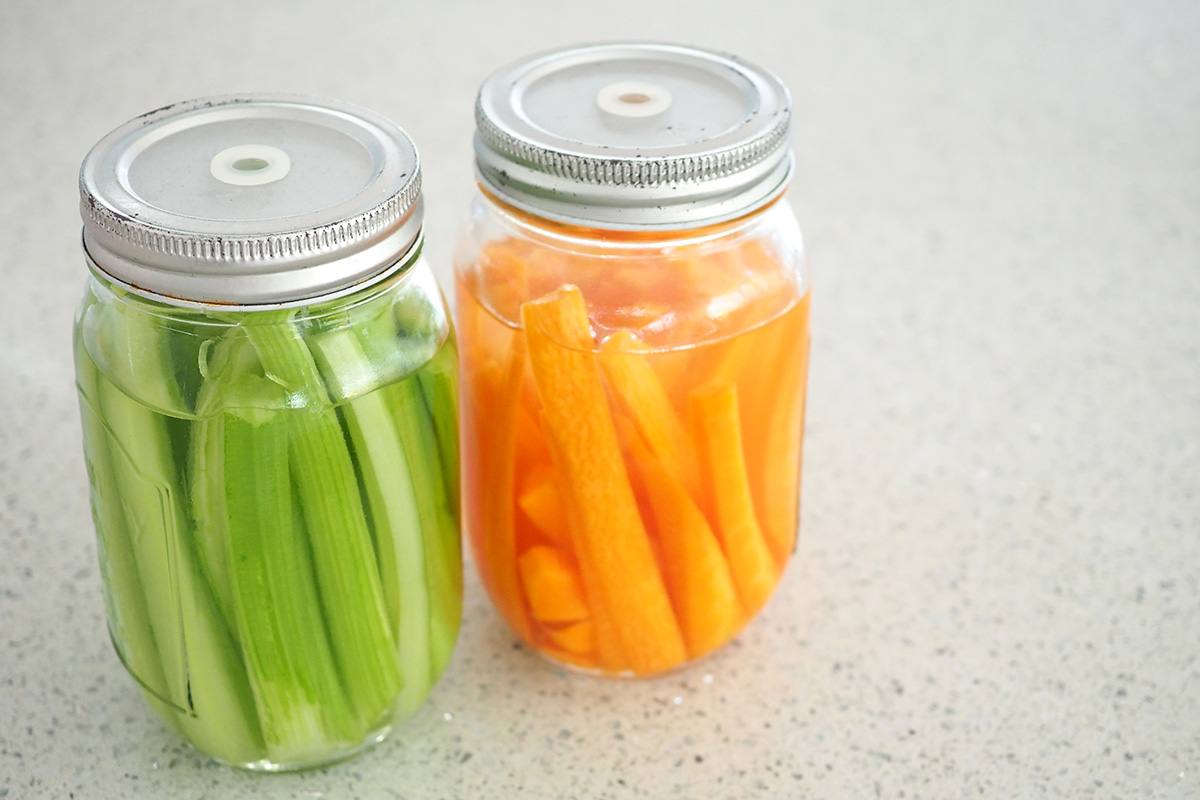

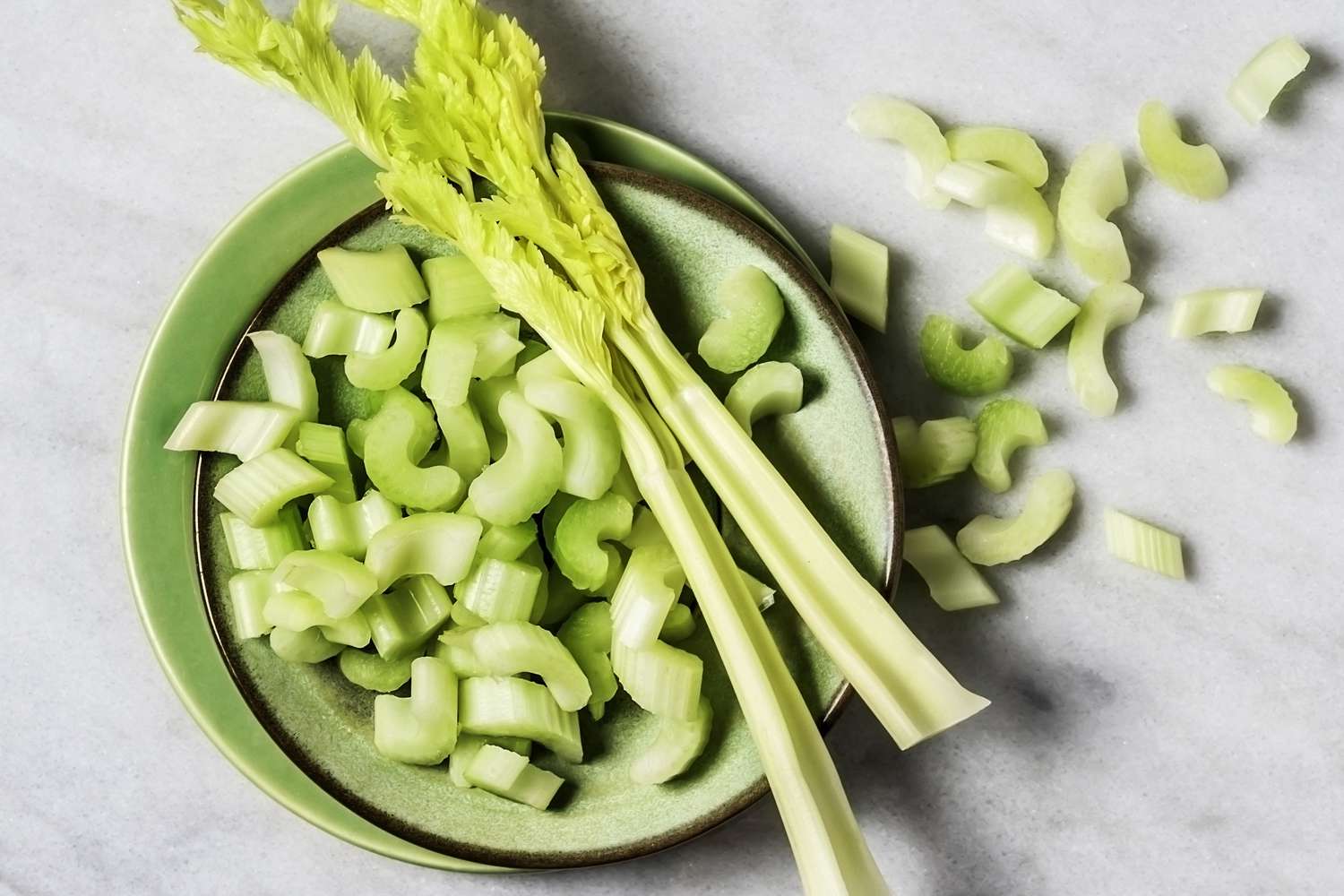
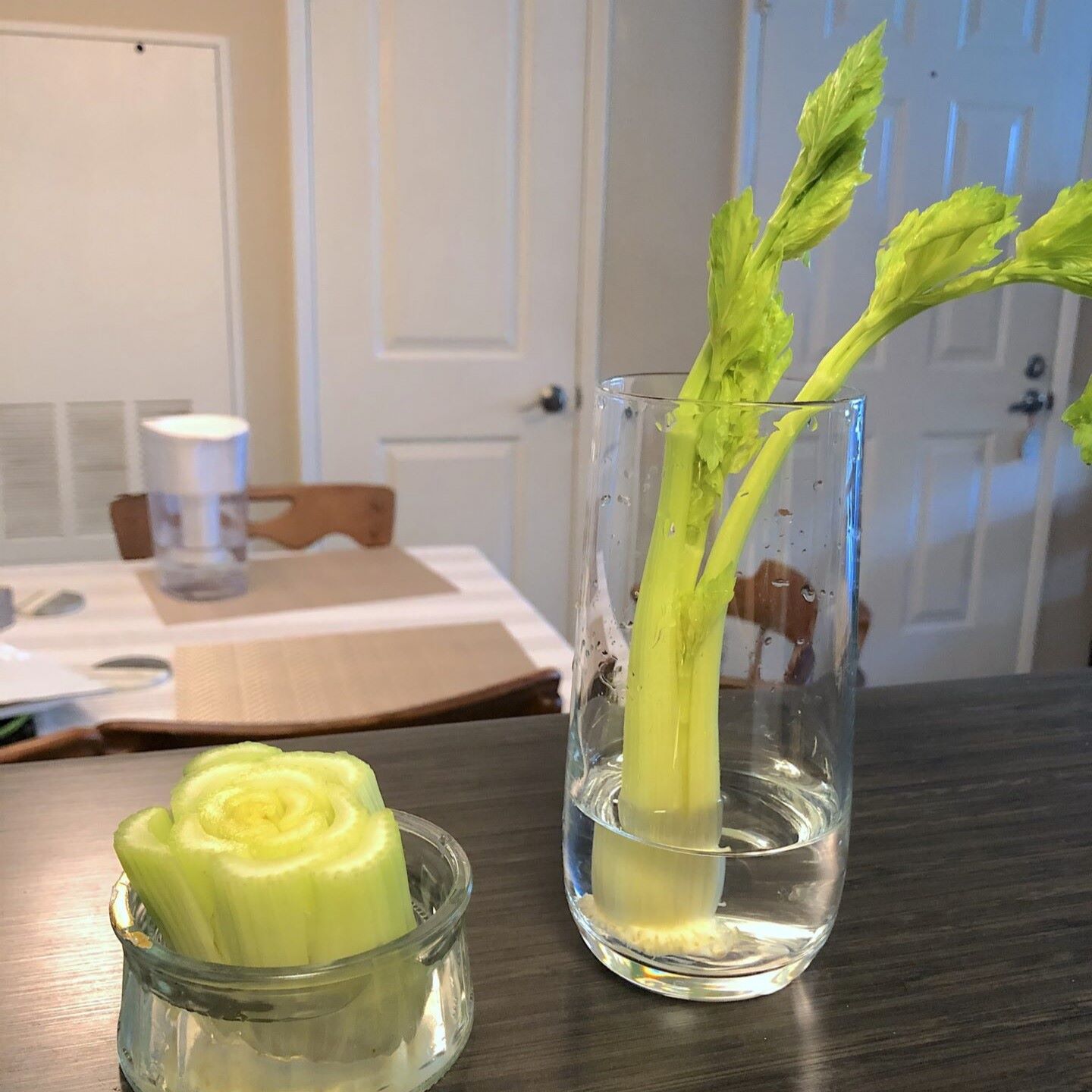
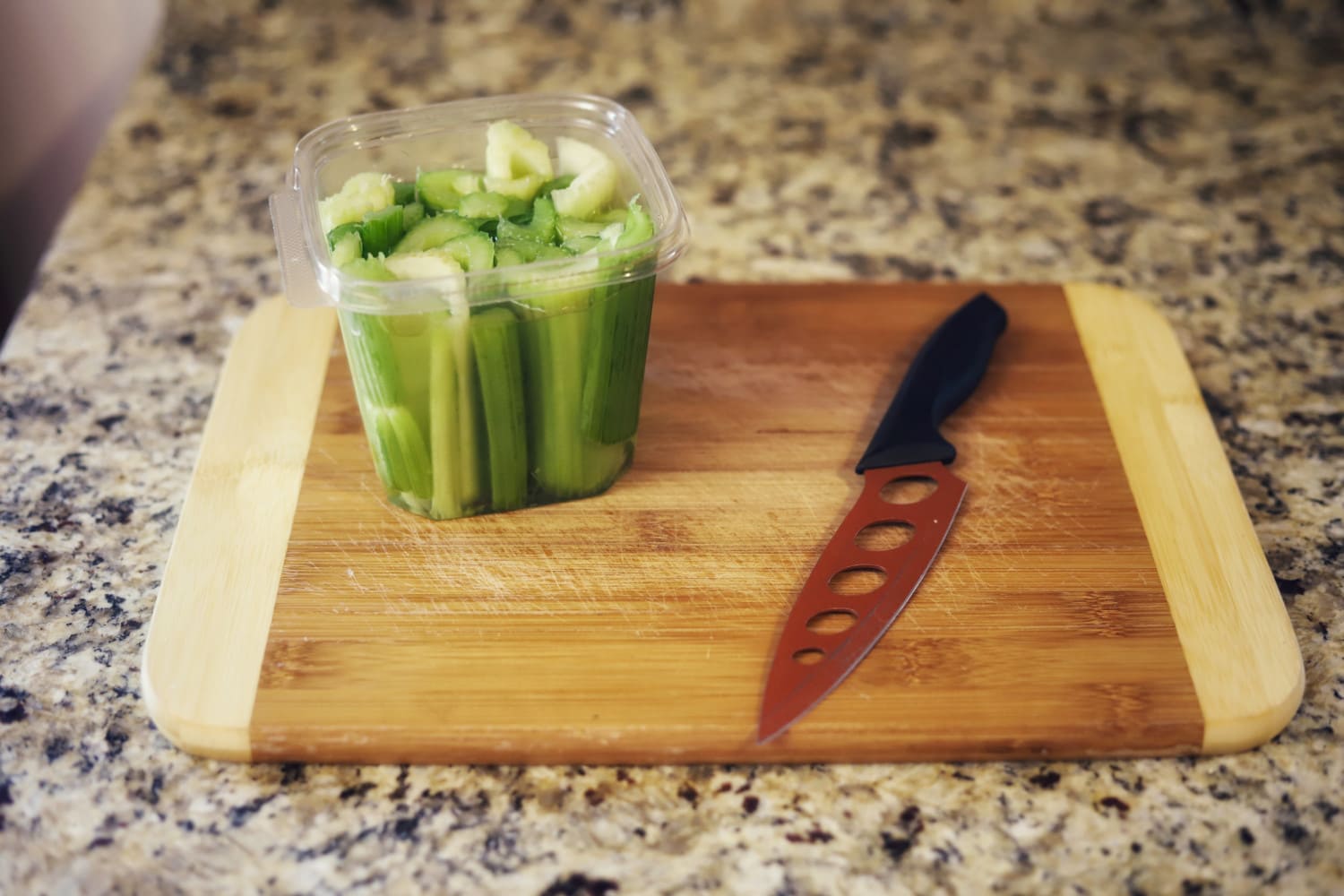
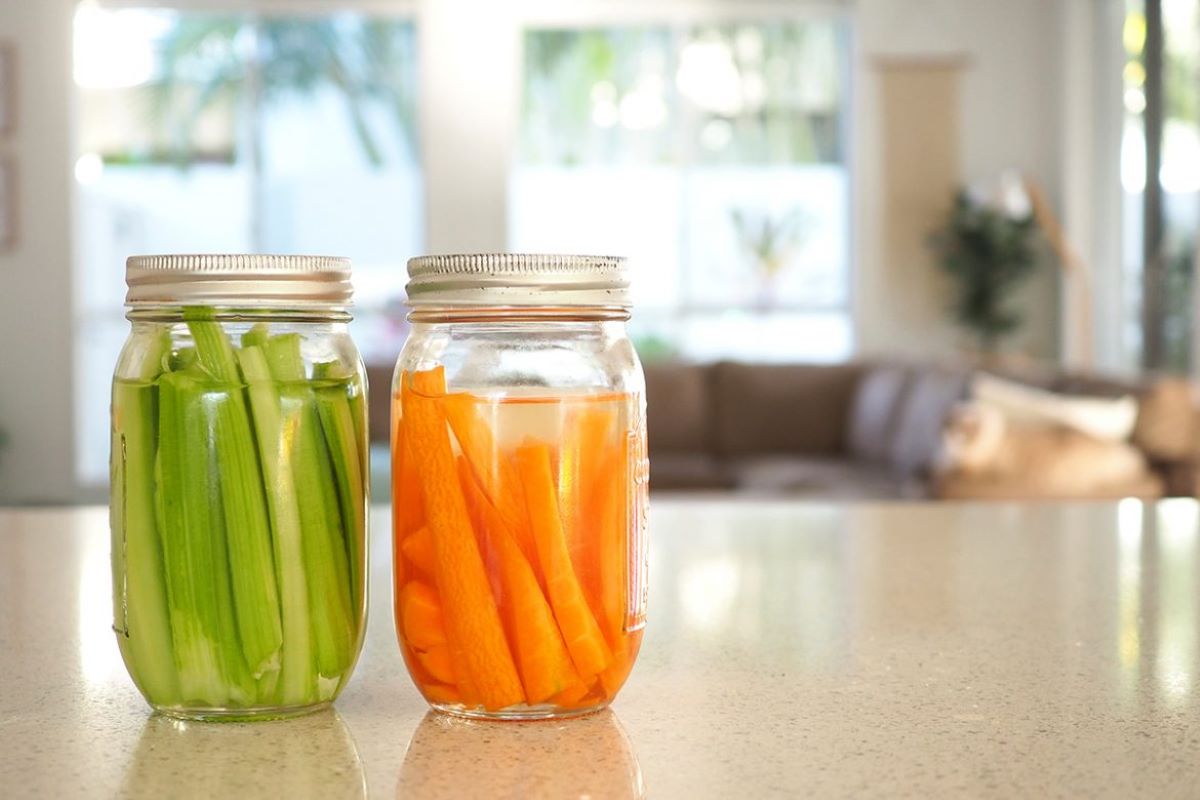


0 thoughts on “How To Store Celery In Fridge”